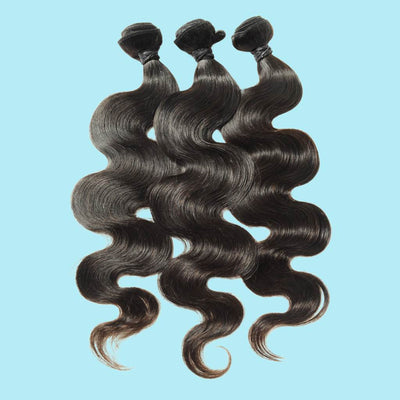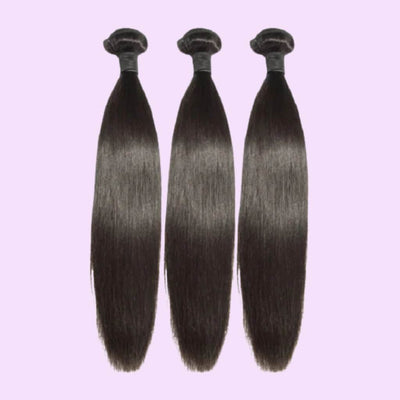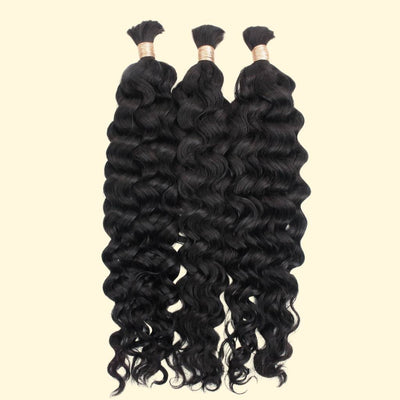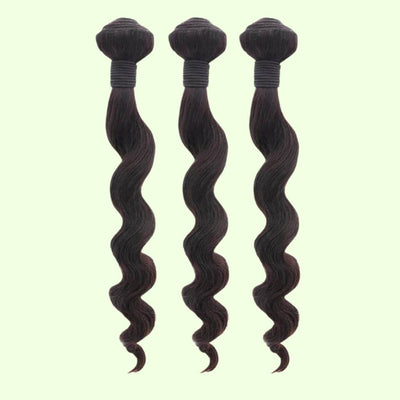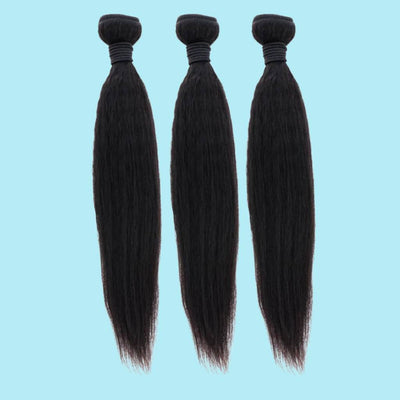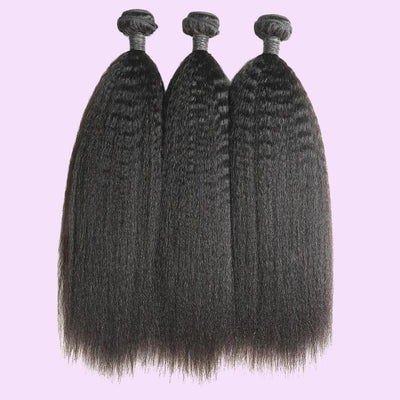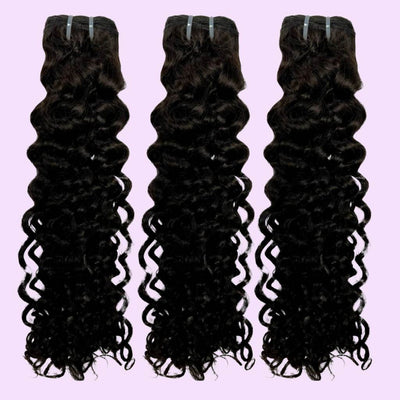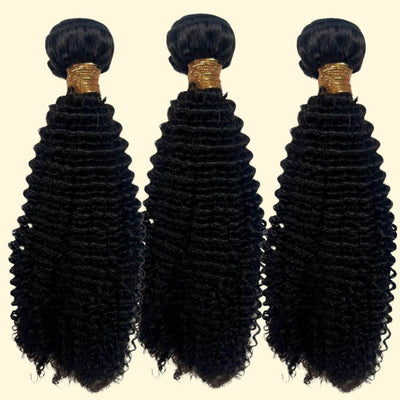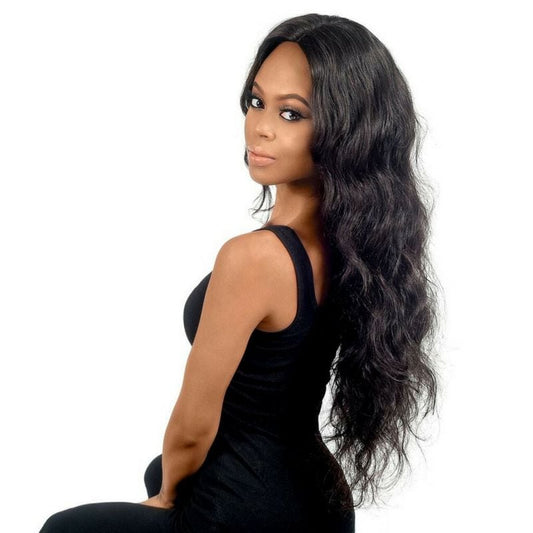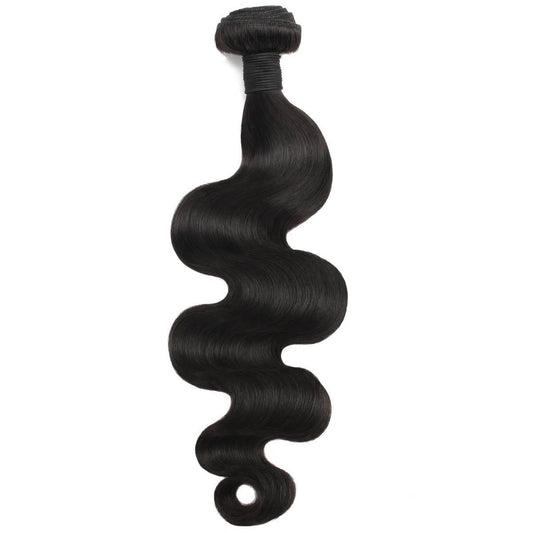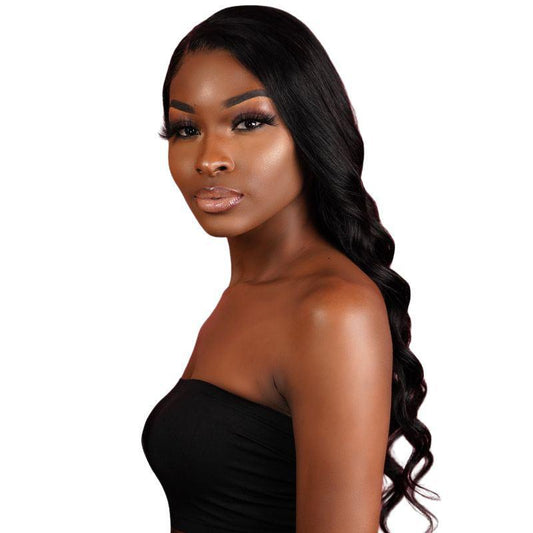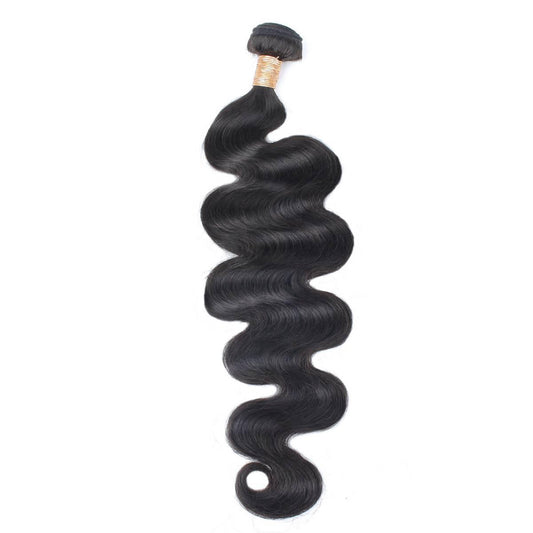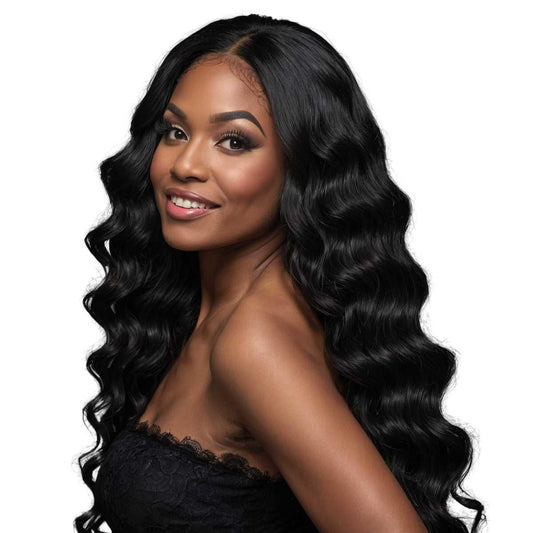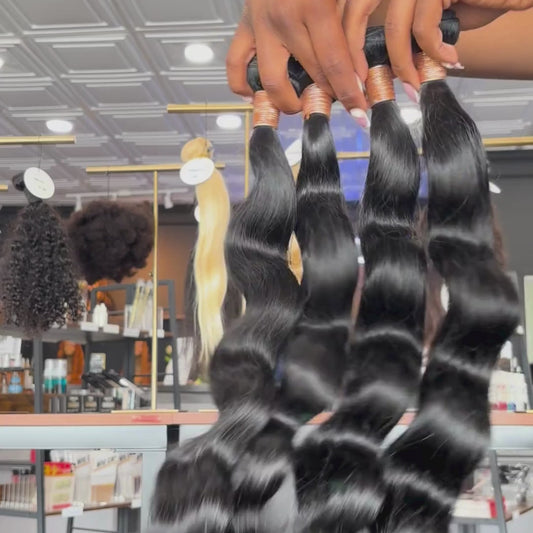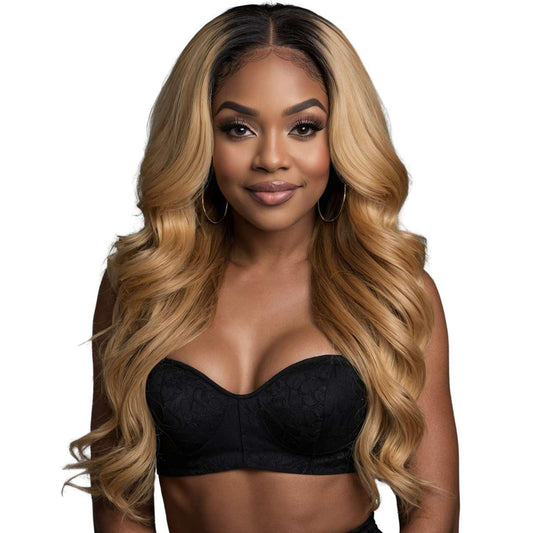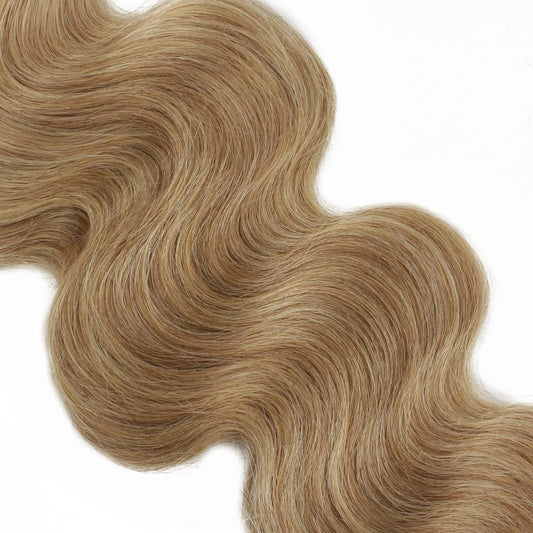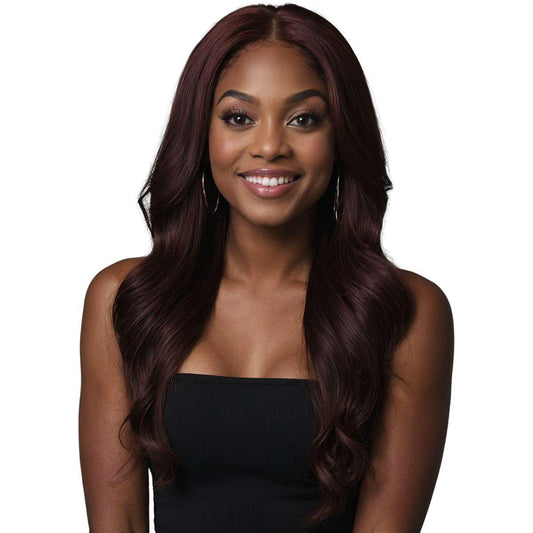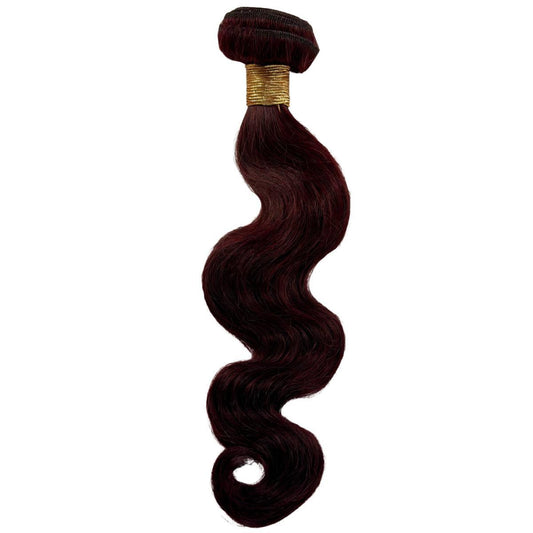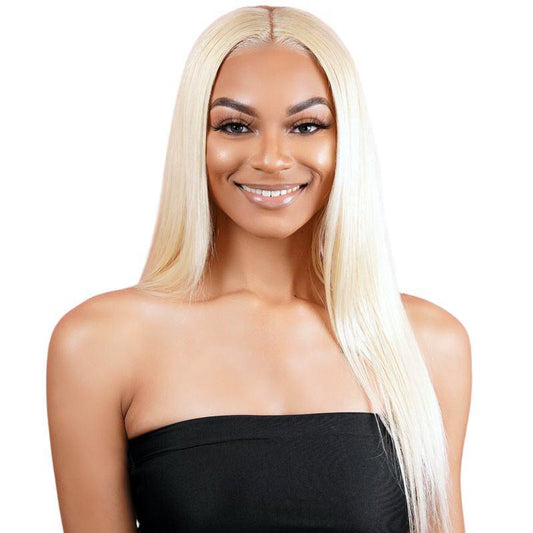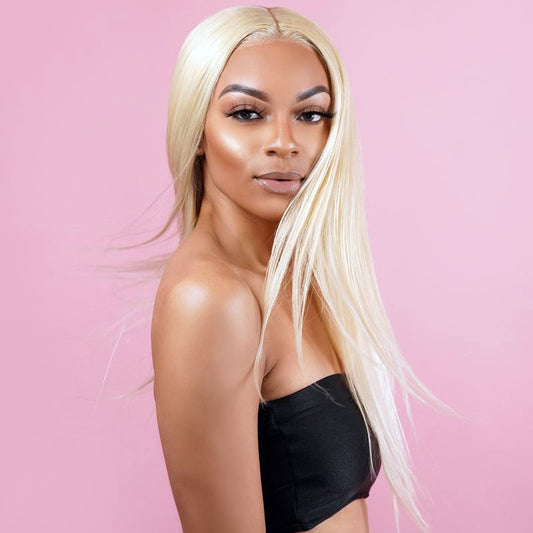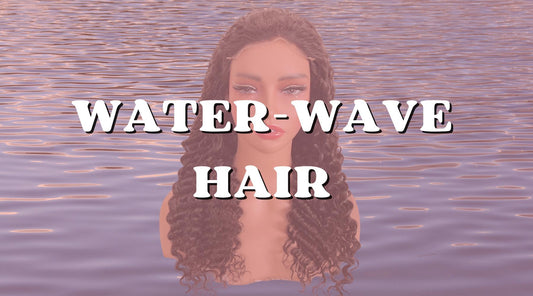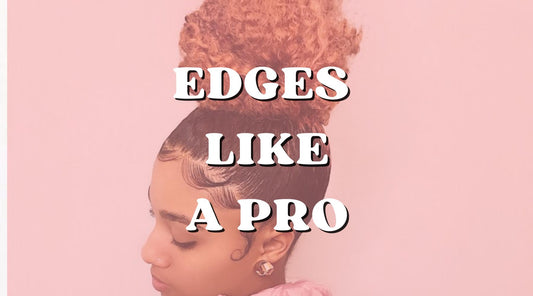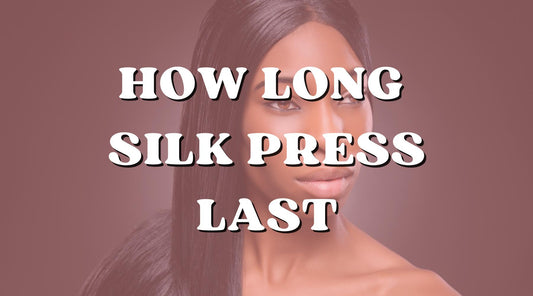1260 Memorial Drive
Atlanta, Georgia 30316
404-458-1330
Sew In Weave: What Are the Methods You Can Apply?
Mikey MoranKeeping up with the latest hair trends can be exhausting, from choosing the next hairstyle to installing and styling them.
Lovelies, this can also be a hustle. If you want to grow your natural hair healthily or try to give your natural hair a break from constant manipulation or harsh styling, then a sew-in is your savior.
With the right sew-in, you can quickly transform your look and appearance while still enjoying the versatility of updos, colors, and looks without tampering with your natural hair.👌🏾
With sew-in weaves, you can get the most out of them through their ability to tuck away natural hair, aiding in healthy hair growth underneath; also, with sew-in weaves, you will get the most service out of them due to their lifespan.
Don’t worry, darling, as in this article, we will extensively guide you before you decide to get a sew-in.
Sew-in consists of a method where extensions are sewn into small cornrows braids using a needle and a thread.

Sew-In Weave Installation Basics
Don’t worry, darling. We'll provide detailed steps and the basics to ensure that your installation is seamless.
Securing the Right Extension
Choosing the correct hair extension is the first step for a secure installation. You can choose an extension depending on your personal preference, budget, type, length, versatility, and also natural hair’s texture, i.e., human hair, as it feels and looks more natural.
Choosing the correct extension will assist you in managing and blending the styles seamlessly.
Proper Base Preparation
Before the sew-in, clean, well-hydrated, and well-detangled hair is essential for an easier cornrow braiding process.
Using sulfate-free shampoos and hydrating conditioners will ensure that you have stripped off any dirt and oil buildup that may hinder the installation process and that your hair is manageable.

Braiding Your Natural Hair
With clean and well-prepped hair, depending on the partition style that you are aiming for, you will start by sectioning your hair and braiding off each section into cornrows from the roots to the ends, making sure that they are well secured but again, not too tight so as not to cause discomfort to your scalp. This will act as a secure, flat base ready for the sew-in process.
Attaching the Wefts
After the base is well secured, you will start by attaching the wefts carefully to the braided cornrows using a curved needle and a thread, using double strands, and one hand to hold down the weft against your cornrows, sew using the other hand through both layers with tiny stitches for that stronghold careful not to pierce your scalp.
Starting at the nape of your neck and working towards your crown, ensure each weft is safely secured tightly onto your cornrows. It's also crucial to keep your thread tension consistent throughout the process to avoid sagging or pulling.

Benefits of a Sew-In Weave
Added Volume and Length: Sew-in weaves assist you in achieving your desired length and style without damaging or altering your natural hair with styling creams or tools. Sew-in weaves offer you the flexibility to style and change up your hair to any desired length and volume.
Styling Versatility: With endless options, Sew-in weaves will allow you to experiment with different styles without damaging your hair. You can opt for any desired length, volume, texture, and color for any desired look.
Hair Protection: Rocking a traditional sew-in will protect your natural hair underneath while still allowing you to enjoy its versatility.
Long-Lasting: With installed sew-ins, they can last 5-7 weeks, depending on how you maintain and take care of them. This is ideal for those who require long-term hair solutions.
Low Maintenance: This install requires little to no manipulation. You only have to do minimal styling daily, with monthly washing and conditioning to ensure minimal dirt and oil buildups.

Quick Facts about Sew-In Weave
Q: What is a sew-in weave?
A: This installation involves adding and sewing hair extensions into a braided cornrow base.
Q: What are the benefits of a sew-in weave?
A: They protect your natural hair by offering versatility by adding desired length and volume.
Q: How should I prepare my natural hair before the sew-in weave?
A: It is recommended that you wash your hair thoroughly with a cleansing shampoo and a hydrating conditioner to ensure that it’s well-detangled to ensure a smooth installation process.
Q: How can I maintain my sew-in weave?
A: You can do this by gently brushing your extension using a wide-tooth comb to avoid tangles and knots. Sleeping in a satin scarf will also help retain the extension’s shape, aiding in healthy growth underneath. Use light and moisturizing oils to maintain the shine and avoid product and dirt build-up.
Q: How long does sew-in last?
A: Sew-in weaves are very long-lasting. With proper care and maintenance, they can last for 6-8 weeks. The quality of the extension that you opt to use, the rate at which your natural hair grows, and the period that you plan to stay with the sew-in also matter in the longevity of the sew-in.

Q: Does a sew-in weave damage your hair?
A: With proper and careful installation, ensuring that the cornrow braids are not too tight to your scalp and that you don’t sew in your weave too tight will ensure that your natural hair remains and grows healthy.
Sew-in weaves will keep your natural hair tucked away, ensuring that your natural hair retains moisture and minimizes tangles and breakages while promoting a healthy scalp.
Q: How much does a sew-in weave cost?
A: There is no set standard price for a sew-in. The cost depends on various factors, such as the type of extension, length, and volume, the number of packs you will use, and the location where you will get your installation done.
Q: Is sew-in weave better than glue?
A: Yes, sew-in extensions are more durable and long-lasting than glue-in extensions since they damage your natural hair. Also, sew-ins are easier to maintain than glue-ins.
Q: Why are sew-ins so itchy?
A: This can be due to dirt and oil buildup on your scalp. You can regularly clean your scalp to remove all the product buildup. Tight sew-in installations on the cornrows can also lead to scalp itchiness.
Also, frequent washes are recommended to alleviate scalp discomfort and tension if you are a sweaty person.
Q. Which type of hair texture is recommended for a sew-in weave?
A: People with thinning hair textures or experiencing tangles and breakages can try a sew-in weave hairstyle for a fuller, desired look.

Seamless Sew-In Weave
As we close this insightful article, sew-ins have always been a great protective style, the most affordable and long-lasting hairstyle.
An essential factor is to choose an extension that closely matches your texture for that seamless installation.😍
With the correct installation techniques and proper maintenance, sew-in weaves can serve and last long, giving you a rewarding experience.
Maintaining your sew-in weave is equally vital in ensuring it's always fresh.
Carefully remove tracks when you notice sagging or pulling signs to give your natural hair tender, loving care. Check our latest collaboration with Jennifer Williams the star of Basketball Wives in our newest Redefined Glam Collection.

